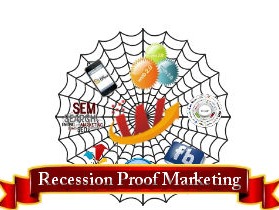
Understanding the Generational Gap
In today's workplace, it is more common than ever to find people from different generations working side by side. Each generation—from Baby Boomers to Millennials and Generation Z—brings unique perspectives and work styles shaped by their experiences. Understanding these differences is vital for fostering an inclusive and effective work environment.
Why Collaboration Matters
In many local businesses, collaboration across generations has been shown to enhance innovation and productivity. For instance, a recent case study of a family-owned restaurant highlighted how older employees shared traditional recipes and techniques, while younger staff introduced new technology for marketing and and digital ordering. This synergy not only improved customer satisfaction but also increased overall sales.
Communication Styles That Work for Everyone
Communication is crucial in any collaborative effort. Different generations may prefer different communication methods. While Baby Boomers often prefer face-to-face meetings, Gen Z might favor texting and social media. Acknowledging these preferences and adapting to them can bridge the gap and create a more harmonious work setting.
Leadership Approaches for a Multigenerational Team
Effective leadership in a multigenerational workforce requires an understanding of diverse motivational drivers. Leaders must strive to create a culture of respect where all employees feel valued. For example, implementing mentoring programs, where older employees guide younger ones, can create a lasting impact on skill development and team bonding.
Learning From Each Other: A Valuable Strategy
Each generation has strengths that can benefit the whole team. Older generations may possess depth of experience, while younger workers might have fresh ideas. By encouraging cross-training and knowledge-sharing sessions, organizations can cultivate a united front of skills and creativity. An example is a tech company in Chicago where older employees taught younger ones about long-term project management, while the youth introduced agile methodologies that increased speed and adaptability.
Overcoming Stereotypes and Bias
Sometimes, misconceptions about different generations can hinder workplace relationships. For instance, Baby Boomers might view Millennials as entitled, while Millennials might see Baby Boomers as resistant to change. Addressing these stereotypes head-on is crucial. Workshops can facilitate open discussions to break down barriers and foster mutual understanding.
Future Trends: A Workforce That Embraces Diversity
As workplaces evolve, the importance of embracing generational differences will only grow. Tools and platforms that encourage collaboration across generations are becoming increasingly popular. Tech giants are adapting to these changes by implementing flexible work environments that cater to the needs of all generations, ensuring that every voice is heard, whether through virtual meetings or traditional gatherings.
In conclusion, understanding the strengths and weaknesses of different generations can enhance teamwork, foster innovation, and lead to better outcomes in organizations. As we move forward, embracing this diversity will only become more important. We can make our workplaces more inclusive by focusing on collaboration, communication, and open-mindedness.
 Add Row
Add Row  Add
Add 




Write A Comment